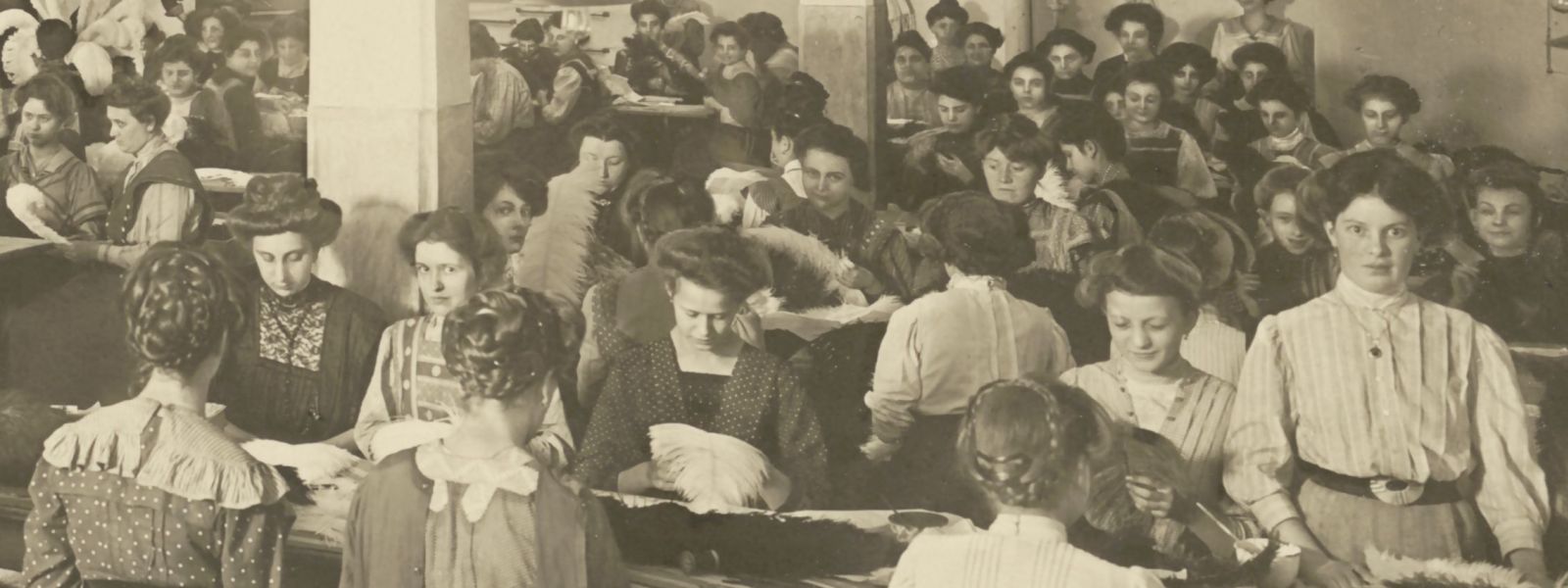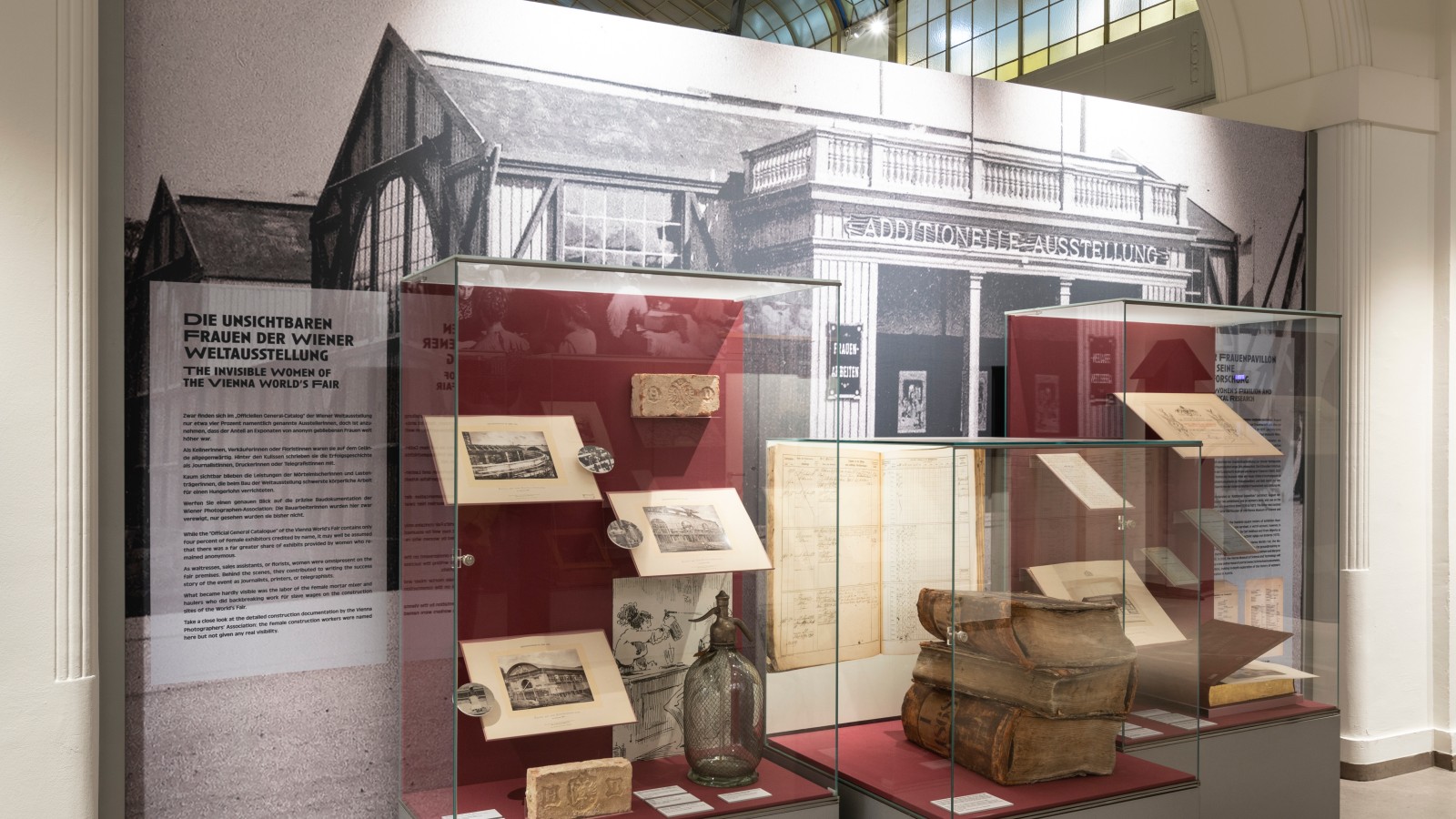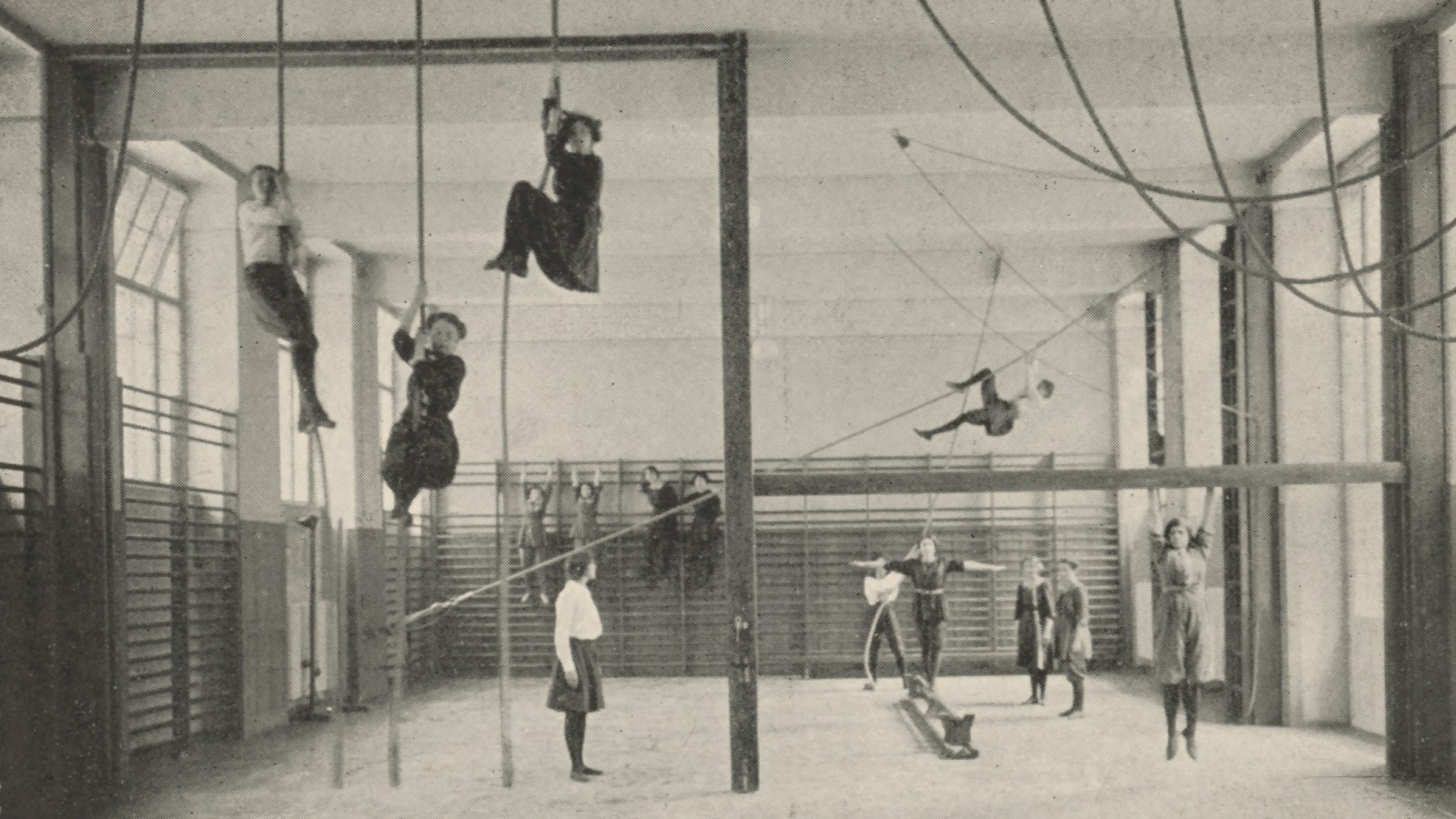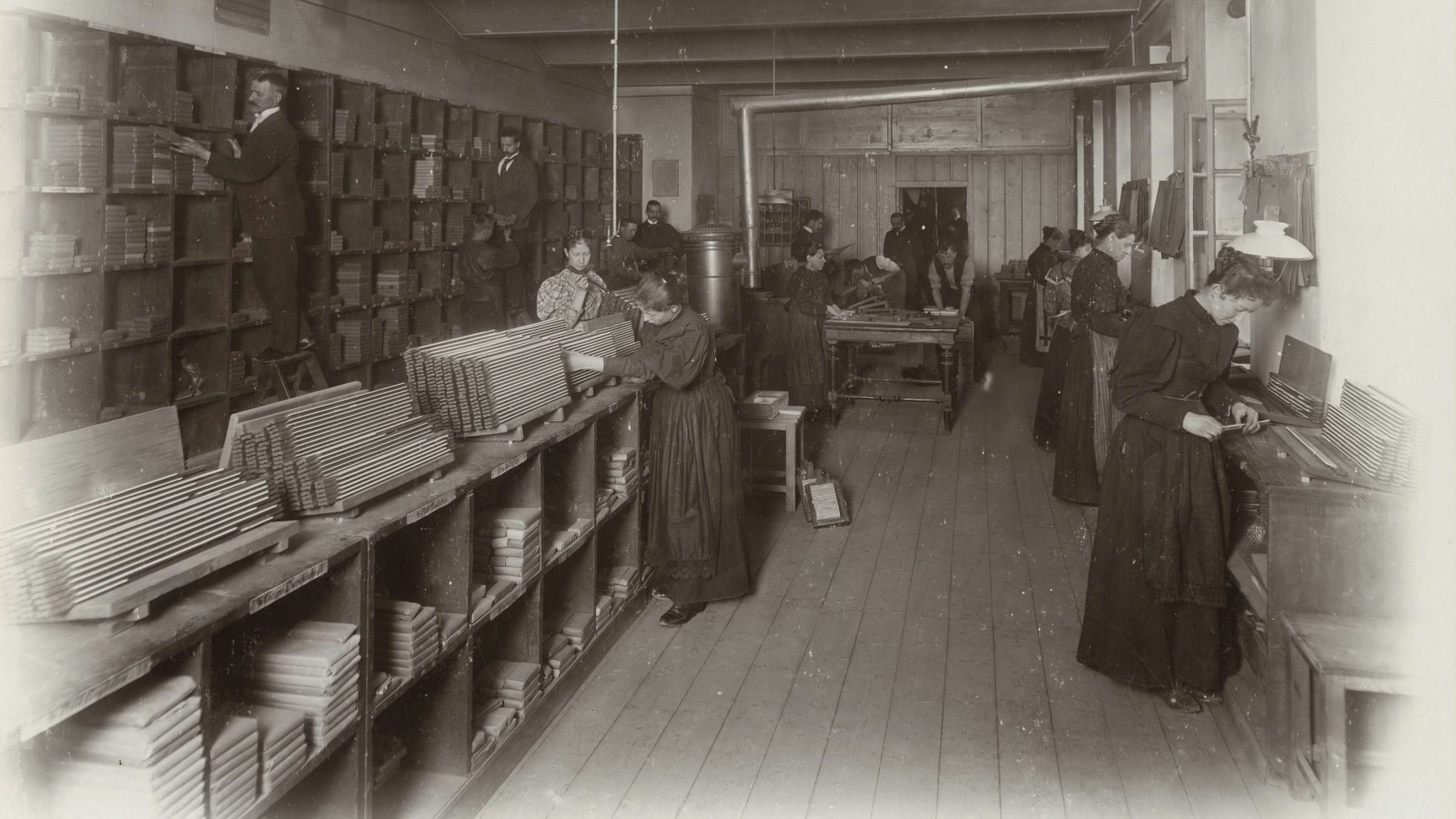When the Vienna World’s Fair opened its gates on 1 May 1873 as the fifth world’s fair and the first one held in a German-speaking country, the city became the stage for an impressive showcase of unprecedented proportions for the period of half a year. With its exhibition grounds accommodating as many as 200 individual buildings in Vienna’s Prater park, the gigantic exhibition outperformed its predecessors in terms of both size and exhibits – and, by setting up a “Women’s Pavilion” for the first time, also accomplished a pioneering achievement in making the female working world visible.
The curatorial concept also caused a stir. Female professions pursued in the lower social classes were showcased for the first time – something that had previously been completely unknown to the majority of the middle-class visitors. This is how the Women’s Pavilion encouraged the then still young feminist movements in their fight for equality in education and pay by supporting communication and networking within the female community and promoting the understanding of the labour conditions and needs of girls and women across all social classes.
The hybrid anniversary exhibition displayed documents that can only be found in this form at the Vienna Museum of Science and Technology and examined the significance and implications of the first Women’s Pavilion at the 1873 Vienna World’s Fair. Presenting numerous historical objects, archive materials and photos, the exhibition provided insights into women’s daily work and life at that time and shined a light on the activities and initiatives surrounding the Women’s Pavilion and their consequences. In addition, a video documentary featuring exhibitor companies of the 1873 World’s Fair addressed the economic and social continuities of female labour and reflected on the relevance of these developments in the current transformation of our economic and working environment.
The anniversary exhibition on the occasion of the 150th anniversary of the Vienna World’s Fair was on display from 3 May to 2 July 2023 in the Banquet hall of the Vienna Museum of Science and Technology and was accompanied by an extensive online exhibition with high-resolution digital copies of the original documents, which remains permanently accessible.
Current Exhibitions
The curatorial concept also caused a stir. Female professions pursued in the lower social classes were showcased for the first time – something that had previously been completely unknown to the majority of the middle-class visitors. This is how the Women’s Pavilion encouraged the then still young feminist movements in their fight for equality in education and pay by supporting communication and networking within the female community and promoting the understanding of the labour conditions and needs of girls and women across all social classes.
The hybrid anniversary exhibition displayed documents that can only be found in this form at the Vienna Museum of Science and Technology and examined the significance and implications of the first Women’s Pavilion at the 1873 Vienna World’s Fair. Presenting numerous historical objects, archive materials and photos, the exhibition provided insights into women’s daily work and life at that time and shined a light on the activities and initiatives surrounding the Women’s Pavilion and their consequences. In addition, a video documentary featuring exhibitor companies of the 1873 World’s Fair addressed the economic and social continuities of female labour and reflected on the relevance of these developments in the current transformation of our economic and working environment.
The anniversary exhibition on the occasion of the 150th anniversary of the Vienna World’s Fair was on display from 3 May to 2 July 2023 in the Banquet hall of the Vienna Museum of Science and Technology and was accompanied by an extensive online exhibition with high-resolution digital copies of the original documents, which remains permanently accessible.
Online research exhibition “Women at Work”
At the same time, a multimedia online exhibition was launched, which invited to further exploration with around 1,000 digitized items and remains permanently accessible. It serves as both an exhibition and a research platform. The medium shapes the form: here, what is often impossible during a museum visit is made possible – research in the museum's storage. The online exhibition houses high-resolution images and full-text digitizations from the unique collection of world exhibition materials at the Technisches Museum Wien, as well as exciting links to documents, archives, and collection items that were left out of the exhibition in favour of a linear narrative. Let's continue to research together here – because there is still much to discover about the history and beginnings of the Austrian women's movement. The content is currently only available in German.
Film by Filmwerkstatt Wien: "Women at Work
Current Exhibitions
Teenagers & Adults
ONLINE AUSSTELLUNG
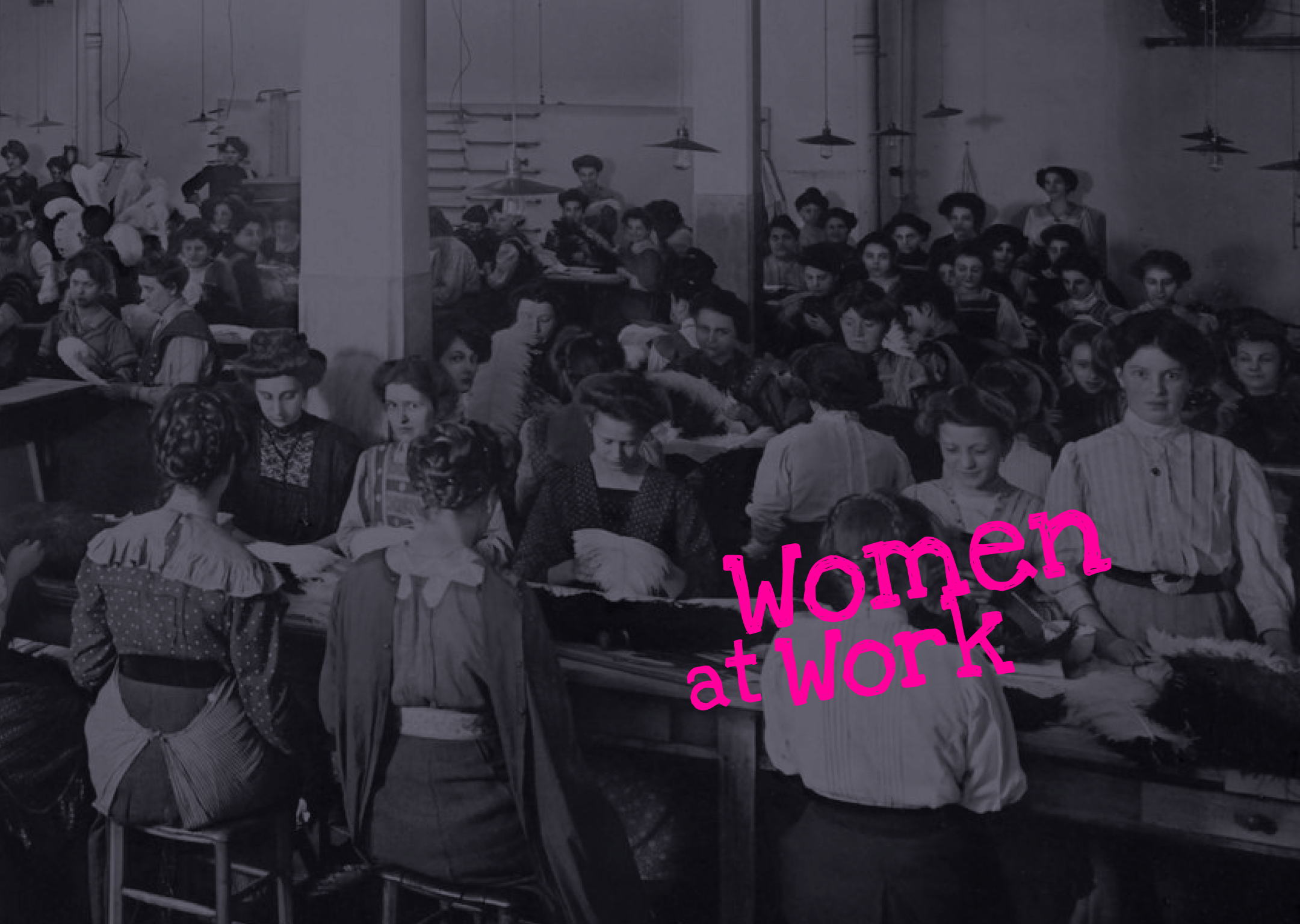
Discover our multimedia online research exhibition and explore around 1,000 digitized items and remains permanently accessible.
